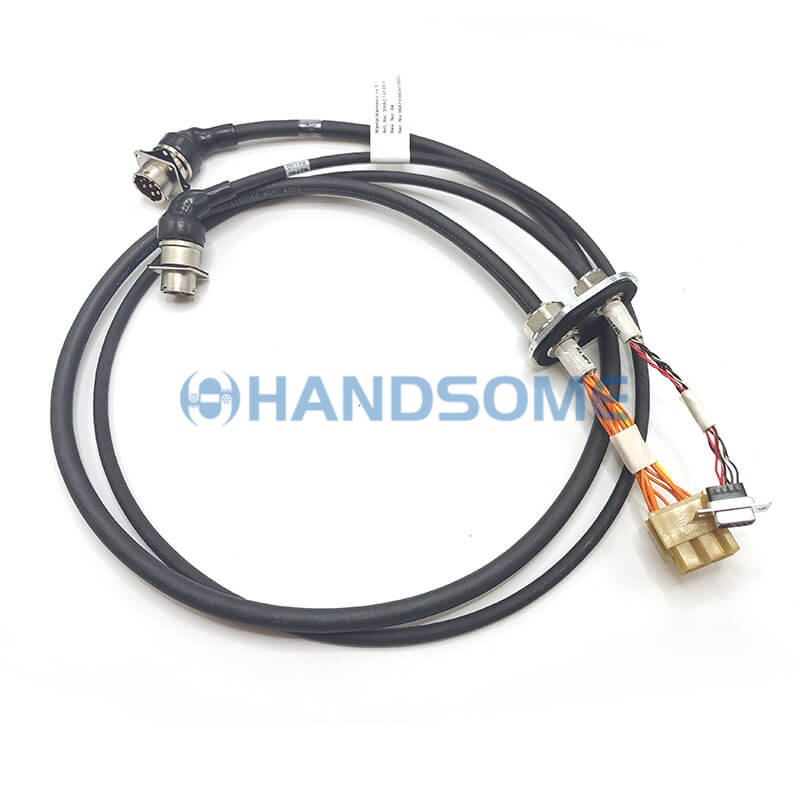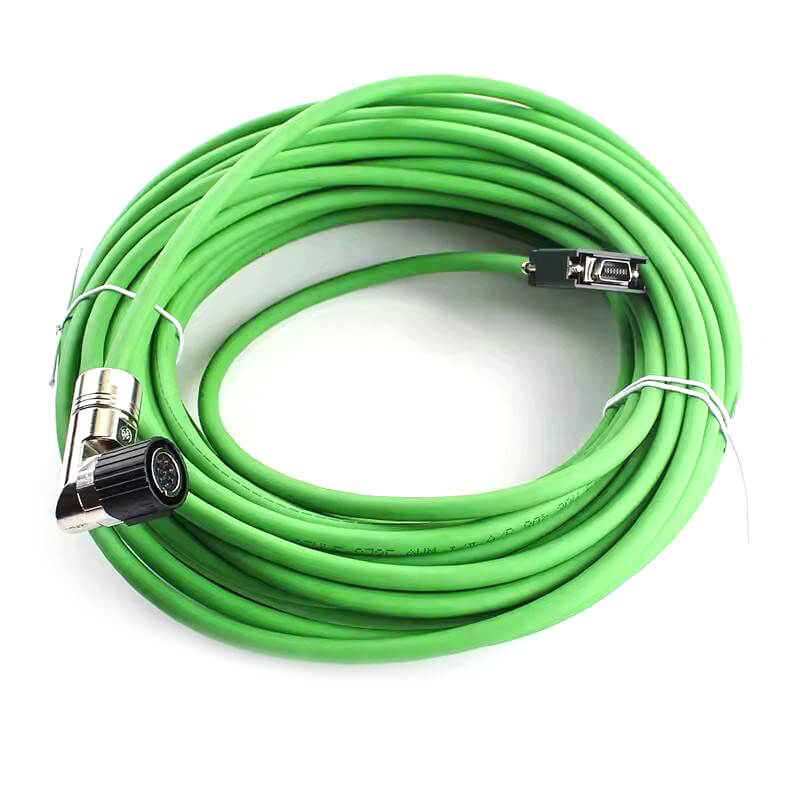Table of Contents
When you’re in the business of wire harnesses—whether you’re making them or choosing the right one for your equipment or vehicle—picking the right one for your application is absolutely crucial.
A wire harness that’s not properly designed can lead to malfunctions, safety issues, and costly downtime. I’ve seen it happen, and it’s never pretty.
But how do you know what wire harness is the best fit for your needs?
With so many types, materials, and configurations out there, choosing the right one can feel like navigating a maze.
Don’t worry, though! I’ve been in the wire harness industry for years, and I’m here to break it down for you in simple, practical terms.
Along the way, I’ll share some personal experiences to help guide you.
Why Choosing the Right Wire Harness is Critical
Wire harnesses are responsible for managing and organizing multiple electrical connections in everything from cars and airplanes to industrial machinery and consumer electronics.
A good harness ensures smooth and efficient electrical flow, while a poorly chosen harness can lead to overheating, short circuits, or even complete system failures.
I once worked with a client in the automotive industry who ordered wire harnesses based on price alone, without considering the unique demands of their system.
As a result, they experienced major electrical failures, which ended up costing them not just in repairs but in lost customer trust.
That was a wake-up call for both of us to focus on more than just cost when selecting wire harnesses.
So, what should you consider when choosing the right one?
Key Factors to Consider When Choosing a Wire Harness
Let’s break down the key elements you need to keep in mind to make sure you’re choosing the right wire harness for your application.
1. Application and Environment
The first thing you need to ask yourself is: What’s the harness going to be used for?
Wire harnesses are made to withstand different environments, whether it’s the intense heat of an automotive engine, the vibrations of a manufacturing machine, or the exposure to harsh chemicals in an industrial setting.
Every application comes with its own set of challenges, so understanding your environment is key.
For example, I’ve worked with several customers in the automotive industry who needed wire harnesses that could handle extreme temperatures and vibrations.
That meant selecting high-quality materials, like silicone insulation, that wouldn’t degrade over time.
When choosing a wire harness, make sure to ask about temperature ranges, resistance to chemicals, UV exposure, and mechanical stress.
Personal Anecdote: I remember working with a manufacturer who needed harnesses for machinery operating in a high-humidity environment.
Without the right insulation, the harnesses were prone to short circuits, and the machinery was constantly malfunctioning.
We switched to a moisture-resistant wire harness, and the problem was solved almost immediately.
2. Voltage and Current Requirements
Wire harnesses carry electrical current, so it’s essential that the wires used can handle the voltage and current required by your system.
If you pick a harness with insufficient wire gauge, you risk overheating, which could cause damage or even fires.
One of the most common issues we encounter is choosing wires that are too thin for high-current applications.
For example, in industrial machinery, the wire gauge needs to be larger to ensure that it can handle the load.
I had a case where a client used a standard wire harness for a high-power electric motor, which caused the wires to overheat and melt.
They had to replace the entire system, which could have been avoided if they had chosen the right wire gauge upfront.
Key Tip: Always check the electrical specifications, including voltage, current capacity, and wire gauge, to ensure the harness can safely carry the necessary power.
3. Connector Compatibility
In many cases, wire harnesses come with pre-installed connectors, but not all connectors are created equal.
Compatibility between the harness and the equipment it’s connecting to is crucial.
The connectors should fit securely, provide solid electrical contact, and be durable enough for the application.
I recall a situation where a client was upgrading their old equipment, and the wire harnesses they ordered didn’t match the connectors on the new machines.
This resulted in delays and extra costs because we had to custom-make new connectors.
To avoid such issues, always ensure that the connector types, pin sizes, and configurations match your equipment.
4. Space Constraints and Design Flexibility
Not every system has a ton of space to spare, especially when it comes to industrial equipment or automotive applications.
A wire harness needs to be designed to fit within the available space without being too bulky or cumbersome.
For tight spaces, you may need custom harnesses that are specifically designed to be compact and flexible.
I once worked with a client who needed a custom wire harness for a piece of industrial equipment.
The standard wire harnesses were too bulky for the small control panel, and the client was concerned about clutter and potential overheating.
We worked together to design a slim, flexible wire harness that fit the available space perfectly, and the machine has run smoothly ever since.
5. Regulatory Standards and Certifications
Many industries—especially automotive, aerospace, and medical—have strict regulations regarding the materials and performance of wire harnesses.
These standards ensure safety, reliability, and consistency.
For instance, the automotive industry often requires wire harnesses to meet SAE (Society of Automotive Engineers) standards, while aerospace requires compliance with aerospace-specific standards like AS50881.
When choosing a wire harness, make sure it meets any relevant certifications and regulations for your industry.
Failing to do so could result in costly delays or even legal trouble.
Personal Experience: A while back, a client needed wire harnesses for an automotive application.
They didn’t realize that the wire harnesses they were using didn’t meet the necessary automotive standards, which delayed their production line for several weeks.
After switching to a certified supplier, the issue was resolved.
How to Select the Right Wire Harness: A Step-by-Step Process
Choosing the right wire harness is a process that requires attention to detail. Here’s a simple step-by-step guide to help you make the best decision:
Step 1: Understand Your Application Requirements
- Environment: Is it exposed to extreme temperatures, moisture, or chemicals?
- Electrical Requirements: What’s the voltage and current load?
- Space: Is space limited, or do you have room to work with?
Step 2: Select the Right Materials
- Choose materials that are compatible with the environment (e.g., silicone for high temperatures, PVC for general use, or Teflon for chemical resistance).
Step 3: Verify Connector Compatibility
- Check the connectors’ sizes and types to ensure they fit with your equipment.
Step 4: Meet Industry Standards
- Ensure that the wire harness meets all relevant regulatory standards for your industry.
Step 5: Customize If Needed
- If your application has unique requirements, don’t hesitate to ask for a custom design.
Wire Harness Selection Table
| Factor | Key Considerations | Best Choices |
|---|---|---|
| Application Environment | Temperature range, exposure to chemicals, humidity | Silicone insulation, Teflon coating, moisture-resistant cables |
| Voltage and Current | Voltage load, current capacity, wire gauge | Copper wire, aluminum for lighter weight, high-gauge for power |
| Connector Compatibility | Pin size, connector type (e.g., Molex, JST) | Match connector type to equipment specification |
| Space Constraints | Limited space, flexibility of the harness | Flexible cables, compact connectors, custom design |
| Regulatory Standards | Safety and performance certifications | ISO 9001, SAE J2030 (for automotive), UL-listed materials |
Conclusion: The Right Wire Harness is Key to Success
Choosing the right wire harness can seem like a daunting task with so many factors to consider.
But by focusing on the specific needs of your application—whether it’s temperature, voltage, space constraints, or connector compatibility—you can make the process much simpler.
I’ve seen countless times how a well-chosen wire harness can improve the reliability and safety of a system, while a poorly selected one can cause delays, failures, and frustrations.
So, take your time, do your research, and choose wisely.
If you’re ever in doubt, don’t hesitate to reach out to a professional or ask for a custom solution tailored to your exact needs.
After all, the right wire harness could be the difference between smooth operations and costly repairs.
